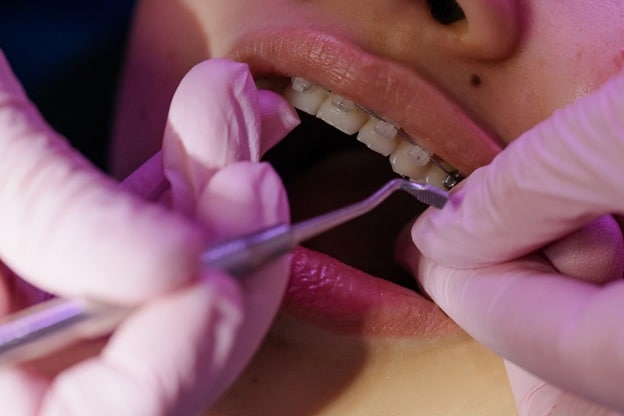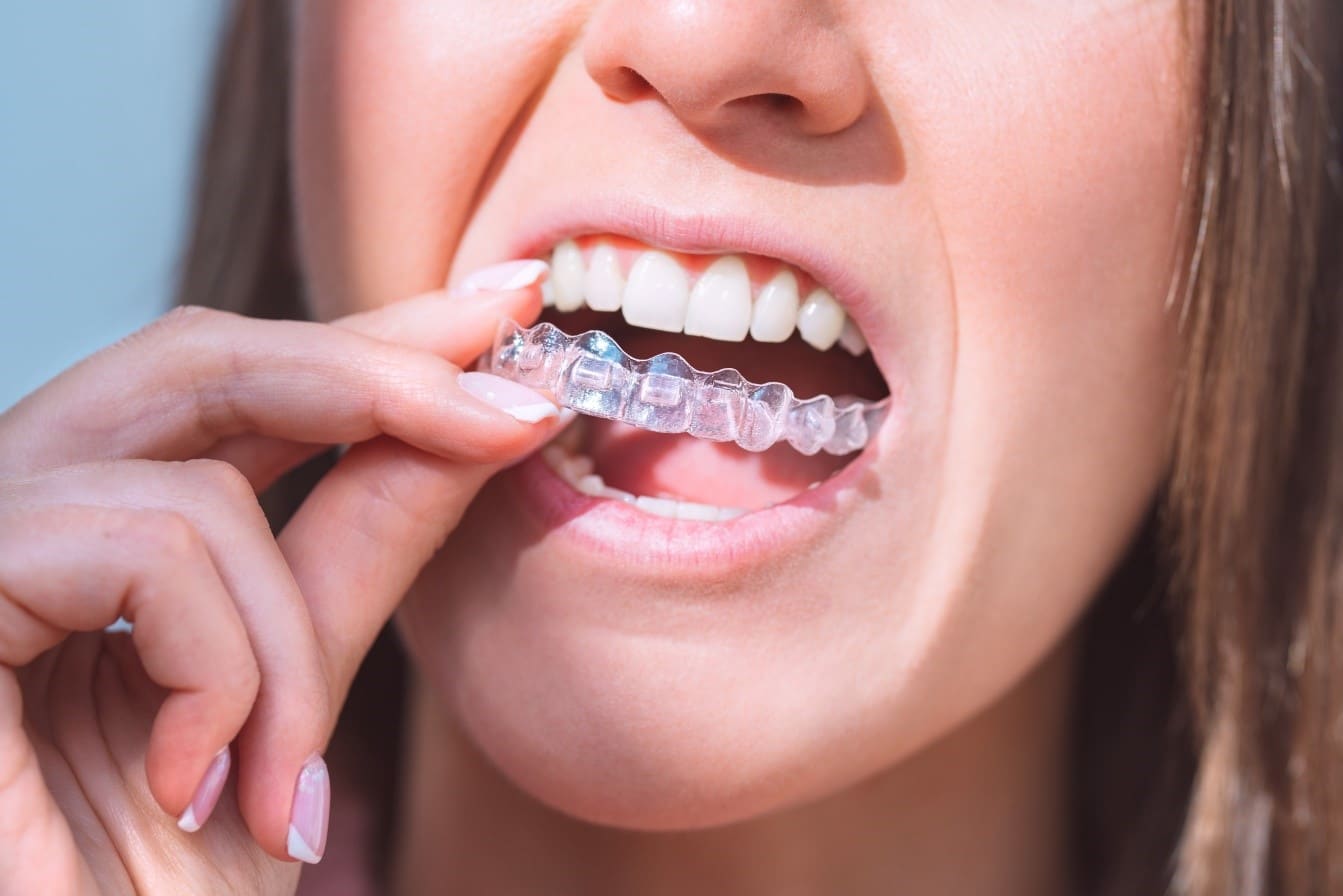What Factors Influence The Cost Of Invisalign Braces?
In the realm of orthodontic treatments, invisalign braces cost emerged as a revolutionary solution, offering a discreet and flexible alternative to traditional braces. However, prospective users often find themselves pondering a crucial question: What factors contribute to the cost of Invisalign braces? This comprehensive exploration delves into the intricacies that influence the pricing of Invisalign treatments, shedding light on the nuanced aspects that prospective patients should consider.
Understanding the Basics of Invisalign:
Before we delve into the cost determinants, it's imperative to grasp the fundamentals of Invisalign. These transparent aligners are custom-made to fit each patient's teeth, gradually aligning them over time. Invisalign is renowned for its inconspicuous appearance, allowing wearers to undergo orthodontic treatment without the conspicuous look of traditional braces.
The Geographical Factor: Invisalign Cost Disparities Across Regions
One of the primary influencers on Invisalign costs is geographical location. The cost of living and general economic conditions in a particular area can significantly impact the overall price of orthodontic treatments. Urban centers or areas with a higher cost of living often witness elevated Invisalign prices compared to their rural counterparts.

Professional Expertise: The Role of Orthodontist Qualifications and Experience
The skill and experience of the orthodontist overseeing the Invisalign treatment play a pivotal role in determining the overall cost. Highly qualified and experienced orthodontists may charge a premium for their expertise, as their proficiency ensures a smoother and more effective treatment process.
Treatment Complexity: Tailoring Invisalign to Individual Needs
No two orthodontic cases are identical, and the complexity of each patient's dental issues directly impacts the cost of Invisalign. Cases requiring more extensive corrections or those involving unique challenges may incur higher expenses due to the additional time and resources required to tailor the treatment plan accordingly.
Duration of Treatment: Aligning Timeframes with Costs
The duration of invisalign near me treatment varies depending on the severity of misalignment issues. Extended treatment periods may result in higher costs, as patients typically receive a set number of aligners at the outset. Prolonged treatments necessitate additional sets of aligners, contributing to increased overall expenses.

Invisalign Provider: Choosing Between General Dentists and Orthodontic Specialists
The choice of Invisalign provider also influences the cost, with general dentists and orthodontic specialists offering different pricing structures. Orthodontic specialists often command higher fees due to their focused expertise in the field. However, general dentists may provide more affordable options for individuals with less complex orthodontic needs.
Additional Services: Factoring in Extras
In some cases, additional services may be required to complement Invisalign treatment. These can include dental cleanings, X-rays, or other diagnostic procedures. The inclusion of these services can contribute to the overall cost, and patients should be aware of potential additional charges beyond the basic Invisalign treatment.
Insurance Coverage: Navigating Financial Support Options
Insurance coverage for Invisalign varies, and not all dental insurance plans fully cover orthodontic treatments. Patients should carefully review their insurance policies to understand coverage limitations and potential out-of-pocket expenses. Some insurance plans may cover a portion of Invisalign costs, helping alleviate financial burdens.
Invisalign Provider Reputation: Balancing Quality and Affordability
Choosing an Invisalign provider based on reputation and reviews is crucial. While cost is a significant factor, it's equally important to select a reputable provider who can deliver quality results. Researching patient testimonials, reviewing before-and-after photos, and seeking recommendations can help strike the right balance between affordability and effectiveness.
Conclusion:
Invisalign braces represent a modern and convenient approach to orthodontic treatment, but understanding the factors influencing their cost is essential for informed decision-making. From geographical location and orthodontist expertise to treatment complexity and insurance coverage, various elements contribute to the overall expense. Prospective patients are encouraged to weigh these factors carefully, seeking a balance between affordability and the assurance of high-quality treatment. By navigating these considerations with diligence, individuals can embark on their Invisalign journey well-informed and confident in their investment in a straighter, healthier smile.

Comments
Post a Comment